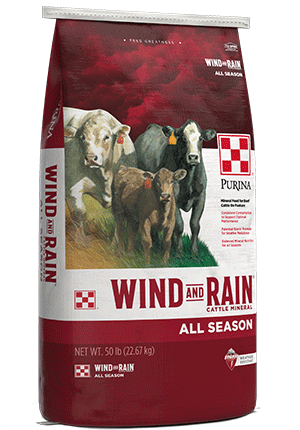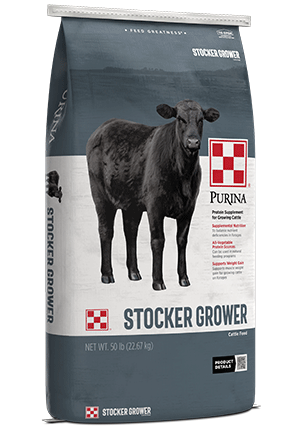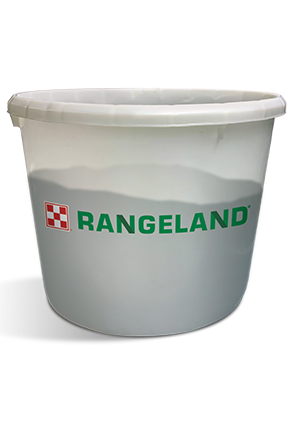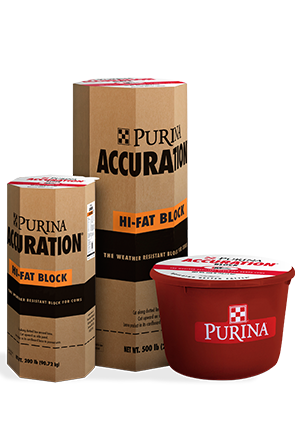
Stored Forage for Cattle: Winter Feeding Challenges
Nutrition : Forage
Forage is a cow’s number one nutrient source, but it’s also the most expensive, especially come winter. Stored forage for cattle can create challenges, but it’s important to make the most of it.
Here are some common stored forage challenges and remedies:
Like this information? Sign up to receive our monthly management tips. Or, check out these tips to become a better supplement manager.
Here are some common stored forage challenges and remedies:
1. The cattle hay fed is only as good as the grass cut.
It’s common to push pounds of dry matter (DM) per acre, which usually means mature, less nutritious grass. You can make use of poor-quality cattle hay with proper supplementation, but you must know what the quality is. Test forage samples from multiple bales, and use the results to help determine if you need to use cattle supplements.2. Interpreting the forage test.
The key things to consider from forage testing results are dry matter (DM), crude protein (CP) and total digestible nutrients (TDN). TDN is an estimate of the total amount of nutrients that may be digested by the animal. The greater the TDN value, the more energy the animal consumes. Also look at the Relative Feed Value (RFV) or Relative Forage Quality (RFQ) estimates. These are indexes that estimate the quality of the forage tested. Hay with an RFV or RFQ of 100 is about average. Forage for cattle at this level is nutritious but will likely only meet the maintenance needs for a dry, pregnant cow. A lactating female needs higher quality. As RFV or RFQ increases, the forage is more nutritious and digestible.3. There’s mold in the cattle hay.
What should you do with moldy hay? We don’t recommend feeding moldy hay, but sometimes it’s the only option. If you must use moldy forage for cattle, peel off and discard sections with heavy mold. Dilute the moldy cattle hay you feed with some that’s less moldy or not moldy. Beware: Mold can cause pregnant cows to abort. It can also cause challenges for people. If you have frequent exposure to moldy hay, you can develop a condition called farmer’s lung from breathing mold spores.4. Cattle hay quality varies.
Feed high-quality hay to cows with the highest requirement – cows that are close to calving or that just calved. Nutrient requirements spike when cows begin lactating. You can also feed high-quality hay to replacement heifers or cows that need to gain weight over winter. Cows that need to maintain weight, not gain, can be fed a lesser-quality cattle hay.5. Wasted forage.
If you have a choice, use forage stored indoors. Wetness and mold are less likely to develop indoors, compared to forage for cattle stored outdoors. If you have both hay types – indoor and outdoor stores – use the outside hay first to minimize the loss of nutrients over time. You’ll also help curb dry matter loss, which happens when weather impacts forage. We recommend using cattle hay feeders to minimize loss.Like this information? Sign up to receive our monthly management tips. Or, check out these tips to become a better supplement manager.





